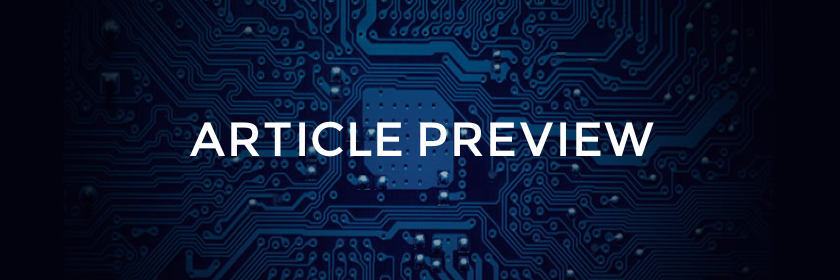
The definitive publication for the best and latest research and analysis on information warfare, information operations, and cyber crime. Available in traditional hard copy or online.
Latest
October 27, 2025
October 27, 2025
Get in touch
Registered Agent and Mailing Address
- Journal of Information Warfare
- ArmisteadTEC
- Dr Leigh Armistead, President
- 1624 Wakefield Drive
- Virginia Beach, VA 23455
757.510.4574

